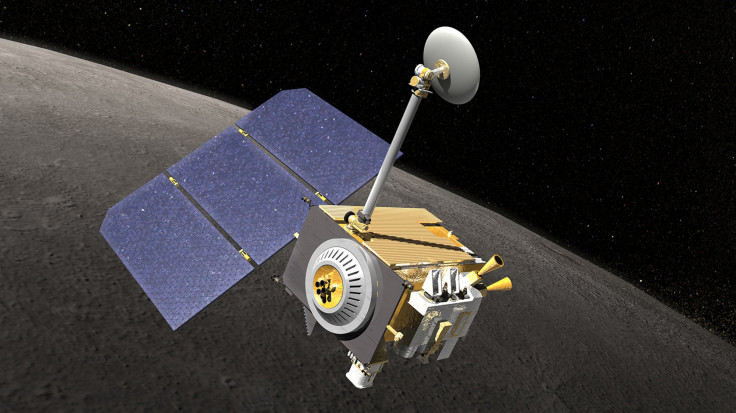NASA Instrument Uncovers New Secrets About Hazardous Deep-Space Radiation

An instrument on NASA’s Lunar Reconnaissance Orbiter, or LRO, has uncovered new findings about high-energy hazardous deep-space radiation near the moon, which can cause significant danger for interplanetary human space flights.
The new findings were made using the the LRO’s Cosmic Ray Telescope for the Effects of Radiation, or CRaTER, and were published on Monday in the journal Space Weather. The findings are likely to help improve human space missions by providing information about how much radiation to expect in deep space, and how to best avoid it.
"We've never had a detector that's been as good at understanding the effects of radiation through tissue-equivalent material as the CRaTER detector," Nathan Schwadron, CRaTER principal investigator at the University of New Hampshire, Durham, said in a statement. "These publications document, wall-to-wall, different effects and instrument responses with some of the best long-term measurements ever made of radiation in deep space."
According to scientists, CRaTER observes how radiation interacts with its unique tissue-equivalent plastic, or TEP, detector, which mimics radiation doses within the human body. As part of an extended mission, CRaTER was exposed to some unusual sources of large amounts of radiation -- which suggest such sources the one resembling those on the moon's surface.
Scientists said that deep-space radiation comes from cosmic rays that can pass through human bodies on Earth. Although we receive low doses of such radiation every day, thanks to Earth’s protective atmosphere and magnetic field, the amount we receive is far less than the hazards astronauts have to face in space, which are serious.
CRaTER examines realistic human radiation doses similar to those they would get on the moon, using TEP and silicon radiation detectors that measure how much radiation may actually reach human organs, NASA said.
"Tissue-equivalent plastic gives us an idea of the self-shielding of the body," Larry Townsend of the University of Tennessee, Knoxville, said in the statement. "The radiation spectrum at the organs is not going to be the same as the radiation spectrum that's outside the spacecraft."
According to Townsend, CRaTER's observations have come at a time when solar activity, and hence the solar wind, have been unusually quiet, a situation when galactic cosmic rays dispersed by the solar wind can bombard the Earth and moon.
"They're lower-level exposures," Townsend said, of galactic cosmic rays, "but they're damaging in the sense that the particles are highly charged and heavy, and they create a lot of damage when they're going through the body."
CRaTER has discovered a previously unmeasured source of hazardous radiation emanating from the moon itself. This radiation comes from the partial reflection, also called an “albedo,” of galactic cosmic rays off the moon's surface. CRaTER directly measured the proton component of the albedo for the first time, which resembles the energy spectrum of the moon’s radiation.
As for future missions, Schwadron and his team are developing a next-generation radiation dose detector, based on CRaTER's design. The new detector, called Dose Spectra from Energetic particles and Neutrons (DoSEN) can also break space radiation down into its components and evaluate the doses resulting from each part of the radiation spectrum.
© Copyright IBTimes 2024. All rights reserved.






















